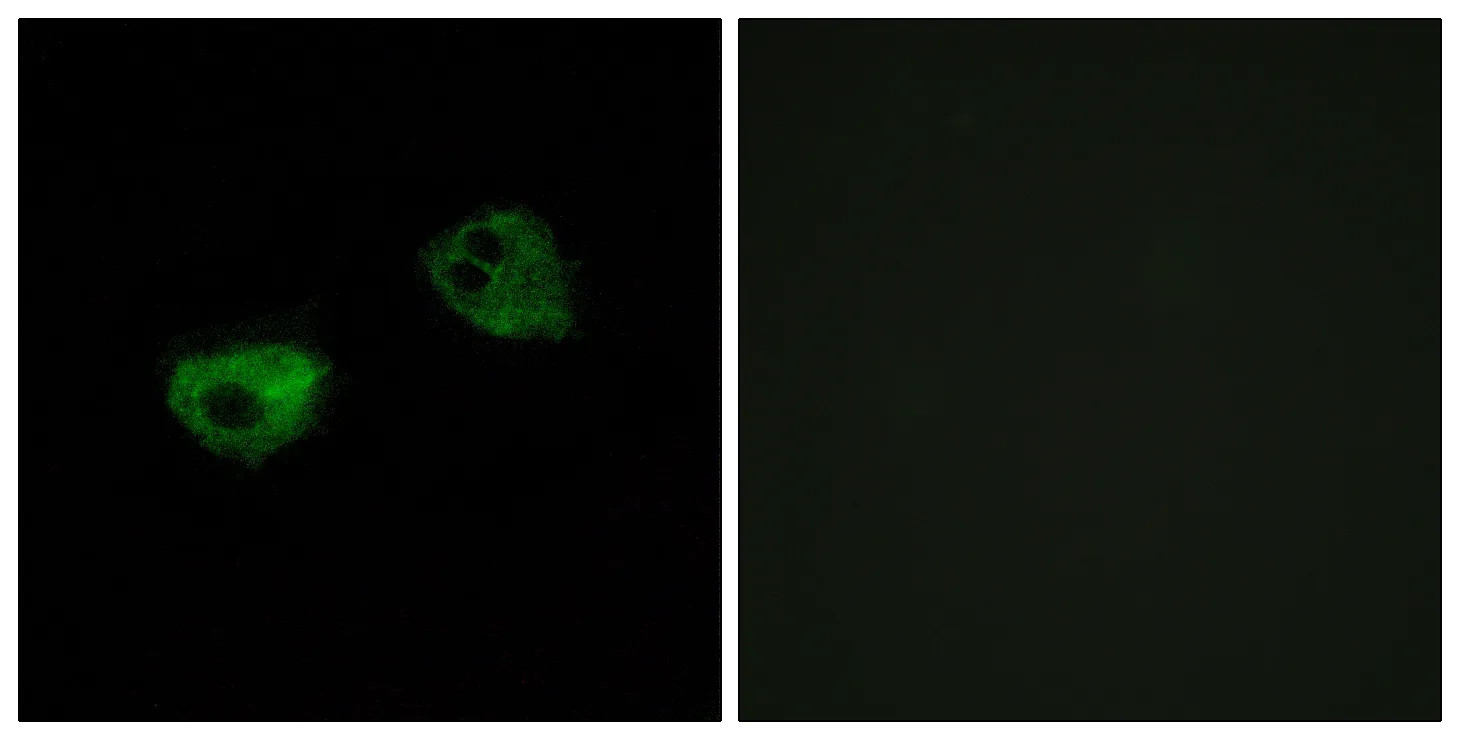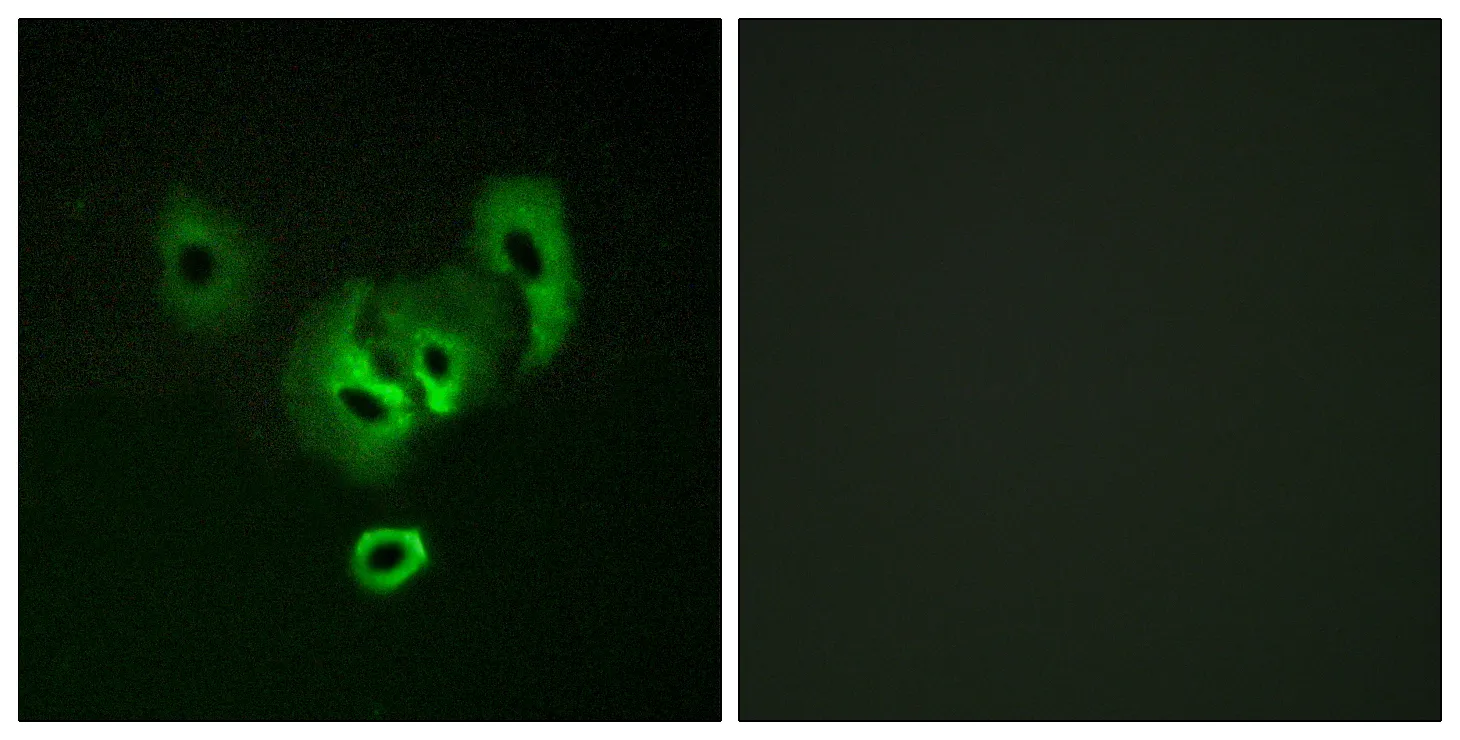Summary
Performance
Immunogen
Application
Background
This gene encodes a glycosylated, secreted protein containing a C-terminal fibrinogen domain. The encoded protein is induced by peroxisome proliferation activators and functions as a serum hormone that regulates glucose homeostasis, lipid metabolism, and insulin sensitivity. This protein can also act as an apoptosis survival factor for vascular endothelial cells and can prevent metastasis by inhibiting vascular growth and tumor cell invasion. The C-terminal domain may be proteolytically-cleaved from the full-length secreted protein. Decreased expression of this gene has been associated with type 2 diabetes. Alternative splicing results in multiple transcript variants. This gene was previously referred to as ANGPTL2 but has been renamed ANGPTL4. [provided by RefSeq, Sep 2013],caution:The sequence shown here is derived from an Ensembl automatic analysis pipeline and should be considered as preliminary data.,disease:Found to be highly expressed in the early stages of collagen-induced arthritis (CIA).,disease:Produced in ischemic tissues in conditions such as critical leg ischemia. In tumors, ANGPTL4 could be produced in the hypoxic areas surrounding necrotic regions. High levels could be produced in tumor cells of conventional renal cell carcinoma. This molecule therefore seems to be a marker of conventional renal cell carcinoma.,disease:Serum levels of ANGPTL4 are significantly lower in patients with diabetes type 2 than those in healthy subjects, suggesting that decreased ANGPTL4 could be a causative factor of this disease.,function:Protein with hypoxia-induced expression in endothelial cells. May act as a regulator of angiogenesis and modulate tumorgenesis. Inhibits proliferation, migration, and tubule formation of endothelial cells and reduces vascular leakage. May exert a protective function on endothelial cells through an endocrine action. It is directly involved in regulating glucose homeostasis, lipid metabolism, and insulin sensitivity. In response to hypoxia, the unprocessed form of the protein accumulates in the subendothelial extracellular matrix (ECM). The matrix-associated and immobilized unprocessed form limits the formation of actin stress fibers and focal contacts in the adhering endothelial cells and inhibits their adhesion. It also decreases motility of endothelial cells and inhibits the sprouting and tube formation.,PTM:N-glycosylated.,similarity:Contains 1 fibrinogen C-terminal domain.,subcellular location:The unprocessed form interacts with the extracellular matrix. This may constitute a dynamic reservoir, a regulatory mechanism of the bioavailability of ANGPTL4.,subunit:Homooligomer. The homooligomer undergoes proteolytic processing to release its carboxyl fibrinogen-like domain, which circulates as a monomer. The homooligomer unprocessed form is able to interact with the extracellular matrix.,tissue specificity:Expressed at high levels in the placenta, heart, liver, muscle, pancreas and lung but expressed poorly in the brain and kidney.,
Research Area
PPAR;




